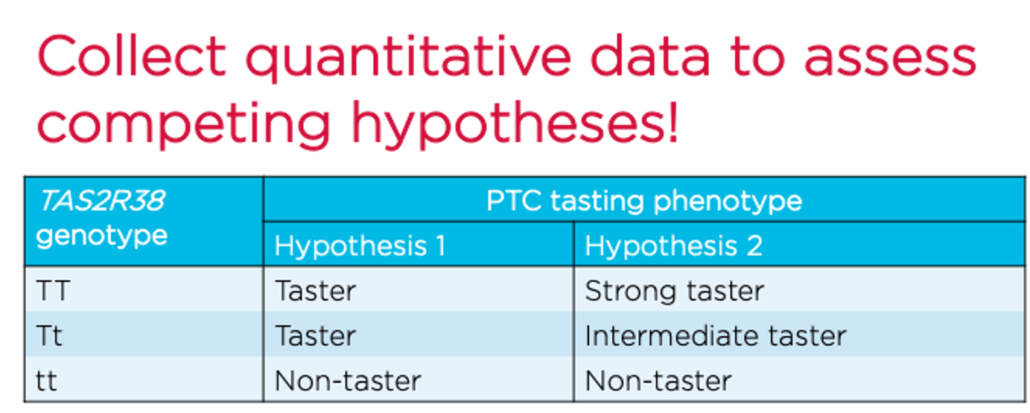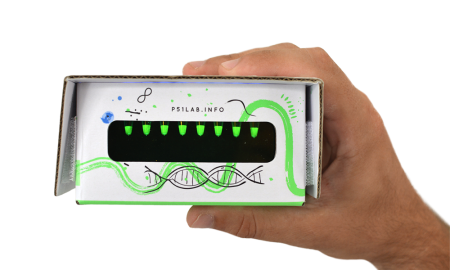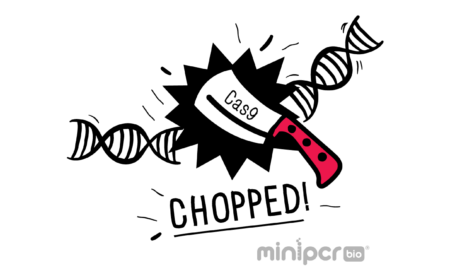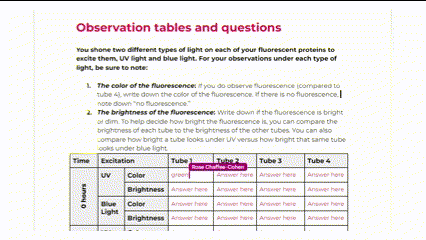Free resource: Take your study of taste genetics to the next level!
A common example of the link between genotype and phenotype in humans is the ability to taste a particular bitter chemical, called phenylthiocarbamide (PTC). A person’s phenotype (whether or not they can taste PTC) will depend almost entirely on their genotype for the TAS2R38 gene. The TAS2R38 gene encodes a taste receptor protein that detects several bitter compounds, including the chemical PTC.
There are two common alleles of the TAS2R38 gene. The ‘taster’ allele (abbreviated T) confers the dominant phenotype ability to detect the bitter chemical PTC, while the recessive ‘non-taster’ allele (abbreviated t) correlates with the inability to taste PTC.

While PTC tasting is typically considered a dominant trait, some evidence from PTC taste tests in humans suggests that people who are heterozygous for the TAS2R38 gene (Tt) may have an intermediate sensitivity to PTC (Bufe et al., 2005). In this free resource, your students will score their perception of PTC bitterness to further investigate the relationship between TAS2R38 genotype and PTC taste intensity.
Students will use one of the same methods that scientists use to quantify perceived taste intensity. Subjects rate the intensity of a taste on a scale of verbal descriptions. The physical location of the subject’s rating is then matched with a numerical value.

While this activity was designed to be paired with our PTC taster lab, there is no reason you can’t do it on its own. All you’ll need is PTC paper, a few volunteer tasters, and some statistics to take your PTC tasting activity to a new level of data analysis!
Download the complete PTC Taster Lab today to access this free resource!










